We're an affiliate
We hope you love the products we recommend! Just so you know, we may collect a share of sales or other compensation from the links on this page at no additional cost to you. Thank you if you use our links, we really appreciate it!
Most pet parents would often think of declawing their cats to fix the persistent scratching behavior of their feline siblings. But, is declawing the right thing to do?
Those who consider this practice often believe that it will offer a quick fix to their worries. On the contrary, declawing your cat will make him more likely to bite and he will no longer be able to use the litter box appropriately.
To this effect, many countries have banned declawing and the practice is significantly considered inhumane. There are rare occasions where declawing can be recommended as a medical procedure.
For example, it can be used to remove cancerous tumors on the cat’s nail knuckles. Declawing should never be used as a remedy to your cat’s behavioral issues.
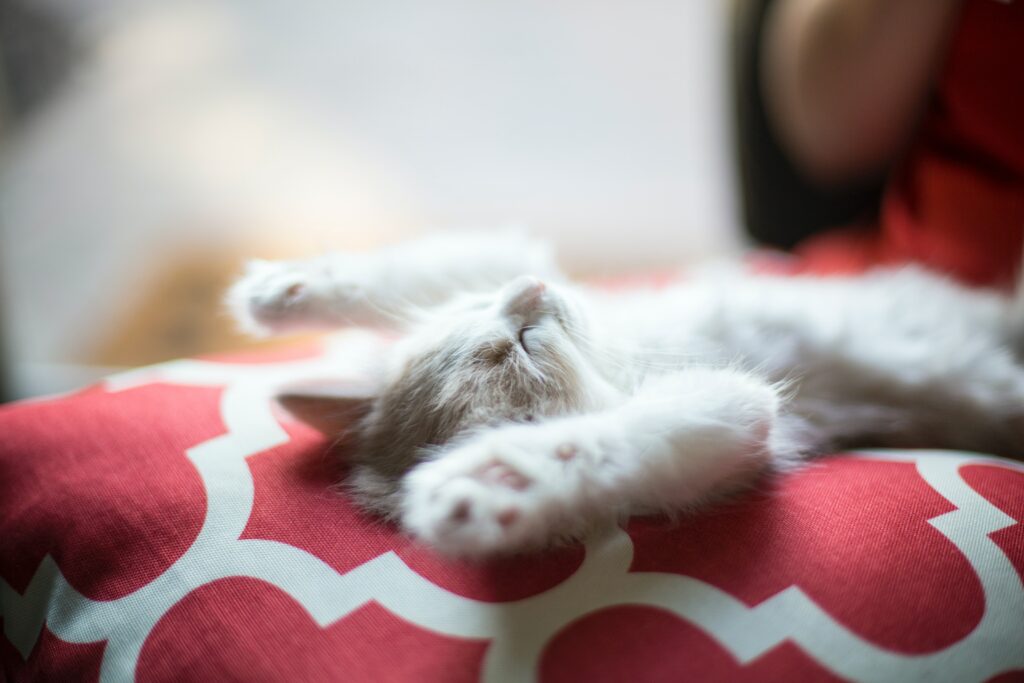
If you have a cat who likes scratching too much, you might have tried most of the techniques to tame his unwanted behavior.
At this point, your furniture is already at great risk of receiving your kitty’s sharp claws frequently. It is on these occasions that you might have been incorrectly advised to declaw your lovely cat.
Come along with us as we take you through everything you need to know about this topic and cover the top reasons not to declaw a cat.
We will also show you what can be done as an alternative to declawing cats.
Cat Scratching
It is very normal for cats to scratch on surfaces including your furniture. They don’t do this to annoy you nor to destroy your expensive upholstery.
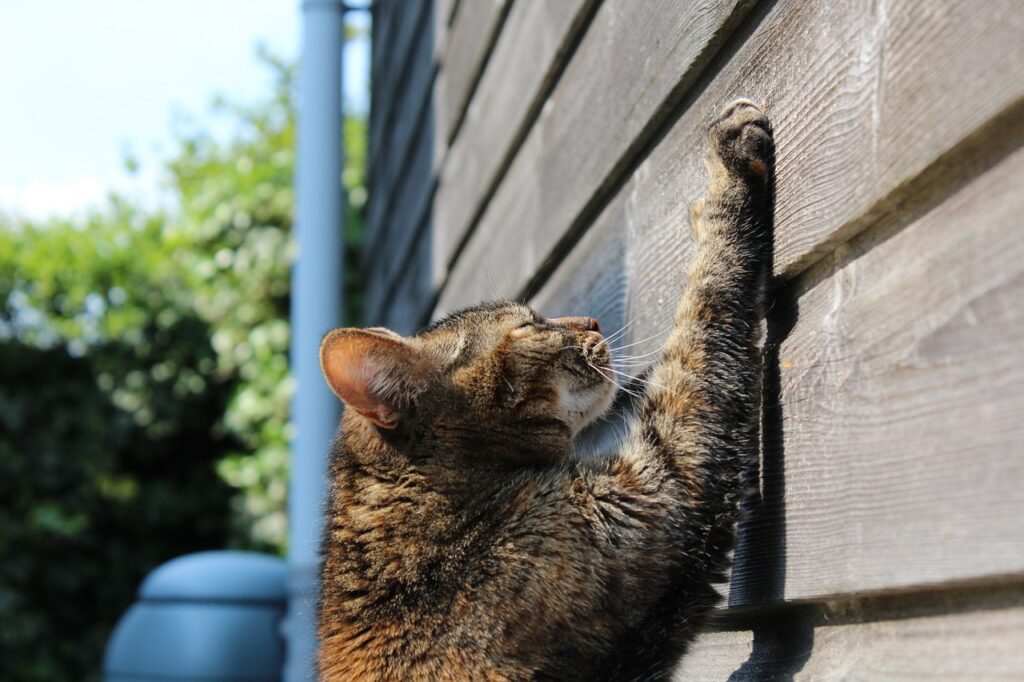
Cats get good health benefits from scratching and among them, it helps to shed dead husks from their claws. Scratching is also beneficial to cats who like exercising and stretching up their muscles to keep fit.
At around 8 weeks of age, kittens are already good enough to start scratching. You can ensure he grows up scratching the right surfaces by getting him a scratching post for training.
Destructive Scratching
What happens when your cat just cannot stop scratching on surfaces? The best way to deal with this problem is to give your feline friend a better alternative to sink his claws.
You can do this by first carefully studying your cat’s preferences and giving him the exact experience even when getting the alternative.
Do not force your cat to stop scratching because it is an innate behavior just like grooming.
What is Declawing?
The most common question that might linger in your mind at this point is trying to find the most suitable explanation of declawing.
We will go further and tackle the most disturbing declawing cats facts that you should know before considering this procedure.
Declawing has often been equated to the removal of the human fingertips and yes, the comparison is right. It is the surgical removal of the last digit bone and nail of your cat.
Mostly it is performed only on the front claws of a cat. When you just think of the pain that your cat will suffer then you may be satisfactorily convinced on why you should not declaw a cat.
Cats deserve to be happy and playful by making use of their paws for their daily activities.
Declawing is scientifically known as onychectomy and it may involve a combination of up to ten separate amputations on your cats’ claws.
How is Declawing Done?
The most incorrect comparison is to link declawing with trimming. There are several ways of declawing cats and the most common involve the use of clippers or scalpels in amputating.
A more advanced method is the use of laser light to perform surgery on the claws. The laser beams are projected to the cats’ claws to cut and vaporize tissues before amputating the last bone on each toe.
After the procedure on both methods, the fresh wounds are cleaned and stitched. Surgical glue can also be used to close the wounds.
The treated feet are later bandaged and allowed to heal with time. It is at this point that the ill cat will be given antibiotics to combat any bacterial infection that may find its way through the bandaged wound.
Both methods present the same hazards and long-term risks to the cat.
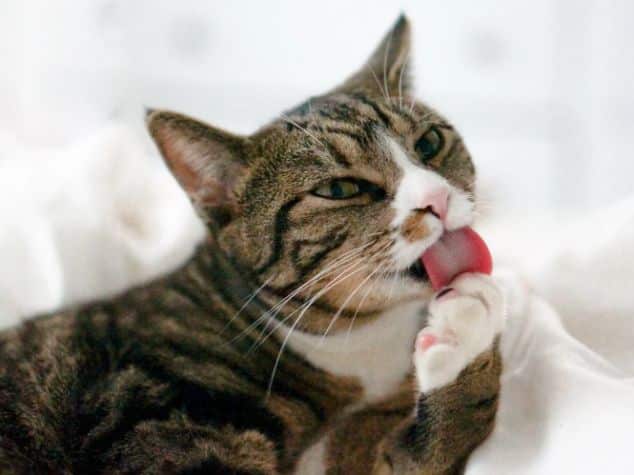
Should you Declaw your Cat?
Some pet parents would resort to declawing their cat in a bid to stop unwanted scratching.
The ASPCA has put out that declawing has never been proven to stop any behavior issues in cats including aggression.
In fact, declawed cats have shown a steady regression in behavior hence they become worse to handle than how they were initially.
Why is Declawing a Cat Bad & Reasons NOT To Declaw Your Cat
Cats that have undergone this procedure usually suffer from significant pain during the recovery process.
The pain may last anywhere between several days to months and it requires special pain-relieving care to keep your fur child safe.
This procedure also exposes your cat to other medical hazards including excessive bleeding, infections, and post-surgery complications.
1. Pain, pain and more pain
Declawing is a surgical procedure that involves amputation of the last bone in the knuckle of each toe on your cat.
During the surgery process, some claw tissues might remain on the knuckle which is not entirely removed.
These remnant tissues will then sprout and try to grow to form a new claw under the skin.
This is one of the worst side effects of declawing cats, it will ultimately lead to long-term pain and nerve damage.

The surgeon, on the other hand, might as well remove too much toe accidentally. This causes scar tissue which will give your cat a painful recovery experience.
2. Infections
Infection is always a possible side effect whenever surgical procedures are administered to cats. Since declawing is a procedure that involves the foot, the risk of infection is higher because your cat will expose the bandaged area to all manner of dirt.
The surgeon will recommend antibiotic medication that you can give your cat to reduce the possible bacterial infections after surgery.
In severe cases, the cat might go deeply to the bone and extend to the whole body in due course. In this case, the cat should be subjected to aggressive antibiotic therapy or additional surgeries to counter the side effects.
3. Challenges in using the litter box
After declawing your cat, remember that he still has a wound to heal and blunt paws. This reality will strongly be revealed when you start encountering your cat’s droppings in every corner of your house.
He does not do this to annoy you, it is just because he doesn’t have the capability to use the litter box appropriately and dig up properly.
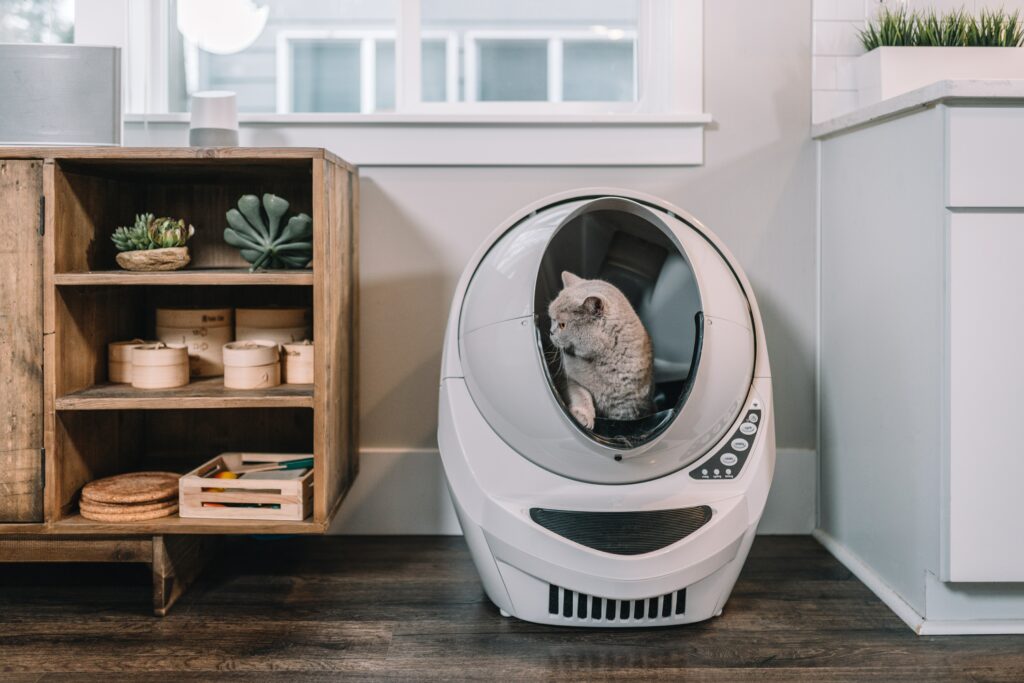
Your cat will also avoid the litter box because he does not want any cat litter to get in contact with his wounds. Cat litter will also increase his chances of suffering a bacterial infection.
4. Stress and anxiety
Declawing an older cat will certainly give him stress, anxiety, and behavior change. This is because he was used to having his healthy claws for many years and now, he has to figure out how to live without them.
It might be easier to deal with a kitten after the procedure because he might not have learned the importance of his claws yet.

5. Lameness
Your once healthy cat who would jump up and down scratching all surfaces could suffer lameness because of declawing.
This might be caused by an overzealous surgeon who removes too much tissue to the extent of injuring the second bone.
This costly mistake will cause permanent damage to your feline friend who will now walk with much effort after he recovers.
6. Declawed cats will bite more
When a cat undergoes declawing, he will resort to using his teeth much more often than he used to.
He will occasionally bite on his opponent who might be you and it is much more painful than having a paw scratch.

This might cause an infection which is far more dangerous than dealing with tampered furniture. Declawed cats will hence become heavy chewers as they use their mouths more often.
7. Increases his vulnerability
If you have an outdoor cat who loves chasing prey, then declawing will make him more vulnerable.
This is because cats usually rely on strong claws as their first line of defense, and if the paws are powerless, then they get exposed to much danger.
Your outdoor cat will now have to be watchful of potential predators while making his usual rounds in the woods.
On the other hand, a declawed cat is a weak predator. He will have a harder time chasing prey and he will not make a successful hunt.
Alternatives To Declawing Cats
We have now established that declawing cats can cause far more danger than good on top of being illegal in most countries and cities.
But you still have to correct the unwanted scratching behavior of your cat and we will help you figure out what are the declawing cats alternatives that are available.
The following practices can be adopted to tame your cat’s unwanted scratching behavior:
1. Regularly trimming your cat’s nails
Your cat could be scratching excessively because he has very long nails which might become itchy. You should make nail trimming a regular procedure to ensure your feline’s nails are always short and neat.
Some cats usually don’t like too much handling on their paws and they will often be uncooperative whenever you want to trim their nails.
In this case, you can visit your vet for some useful nail-trimming tips that will work well with your cat.
2. Use paw caps to cover your cat’s nails
You will find a variety of non-toxic paw caps that you can use to cover your kitty’s paws to prevent him from unwanted scratching.
These caps are made with safe adhesive materials that will not cause any hazard to your fur sibling.
If your cat is not cooperating, you will find it very difficult to sheath all his nails by yourself. In this case, you can call for the services of your vet who will sedate your cat if necessary to have all his paws capped.
Most paw caps will last for around 5 weeks and they become shed off naturally as your cat’s nails grow. These sheaths often do not cause discomfort to cats, most of them get accustomed very quickly.
3. Provide scratching posts for your cat
Scratching posts are the best alternatives you can give your cat to scratch for any reason. Ensure you have a variety of scratching posts in your house and train your fur child on how to use them whenever he wants.

It is recommended to introduce scratching posts to your kittens when they are young. Let them not be accustomed to scratching the furniture and other valuable surfaces in your house.
Training a kitten is far easier than training an adult cat.
4. Shield your furniture with special tape
You can attach a special tape to your furniture to discourage your cat from scratching. Identify the items in your house that your cat is very prone to scratch and give it this protection.
Your cat will slowly dislike getting his paws on such surfaces and he will eventually go to his scratching posts which are more enticing and safer.
5. Get a variety of cat toys
Your cat might be scratching all over your living room as a result of being bored. You can make sure that he is always entertained by getting him the right interactive cat toys that will attract his attention.
Apart from entertainment, toys also help cats exercise and build on their natural skills like hunting.
6. Give your cat his territory
Cats will scratch on surfaces where they claim territory. This could be the favorite sofa where he likes spending much of his time on your bed where he sleeps occasionally.
You can solve this by giving your cat a space he can call his own, so investing in a good cat bed can be a good option.
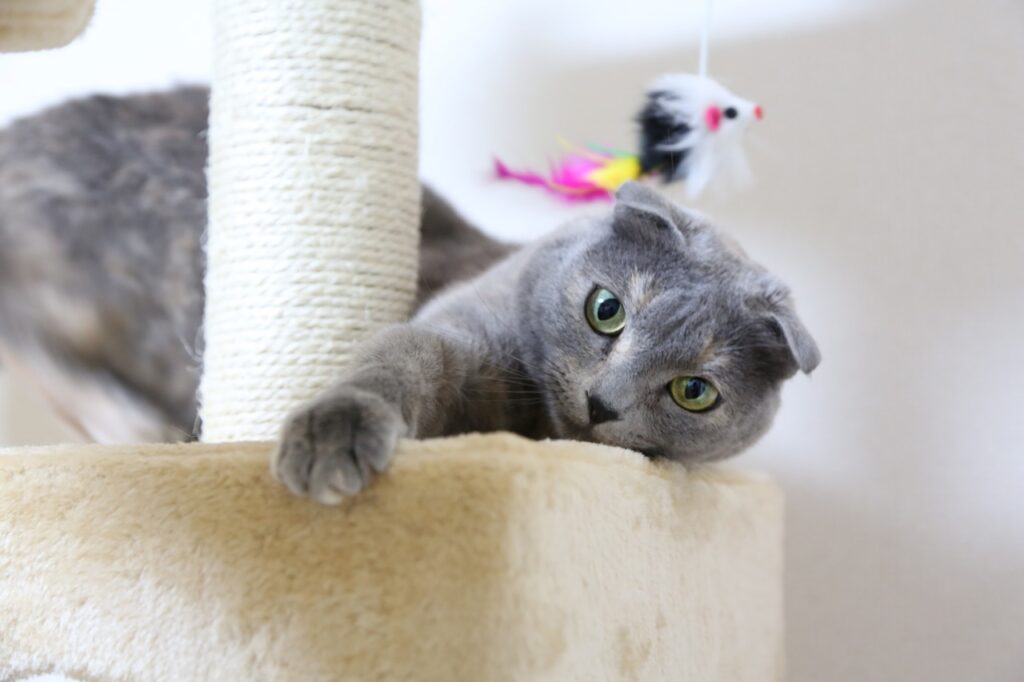
A cat tree is a good example of a structure that gives your cat a nice space and guarantees him the privacy he deserves.
Most cat trees have safe scratching surfaces where your cat can stretch and scratch without causing any damage.
7. Multiple cats
A cat will tend to be stressed when he is lonely. It even becomes worse when the pet parent leaves the house for a long time and the cat has to stay all by himself without a companion.
In these situations, he might be engaged in destructive behaviors including unwanted scratching.

You can give your cat another furry sibling to share his love, play, and run together. When multiple cats engage together, there is always a significant reduction in the concentration they give to your house items.
Conclusion
Should you declaw your cat? One thing that stands out is that declawing is a procedure that should be avoided when using for behavioral correction of your cat.
We understand that you might be very tired of your feline’s destructive scratching. But as we have seen, there are many other methods you can use to tame that.
Another concerning reason not to declaw a cat is that your cat may develop other behavior problems that are worse than what you tried to solve.
Thank you for reading through this informative article. Is your cat a destructive scratcher? Please let us know the alternative method you will use to solve that problem.
Laura is the founder of Furs'n'Paws. She is a also a pet writer and expert with more than 20 years of experience of working with dogs and cats. She developed a very strong love for animals at a young age. Her passion led her to establish a thriving pet sitting and dog walking business in Dubai. As an expert in pet training, behavior, and nutrition, Laura is committed to helping pet owners and pet lovers by offering high-quality information on a wide range of topics.



No responses yet